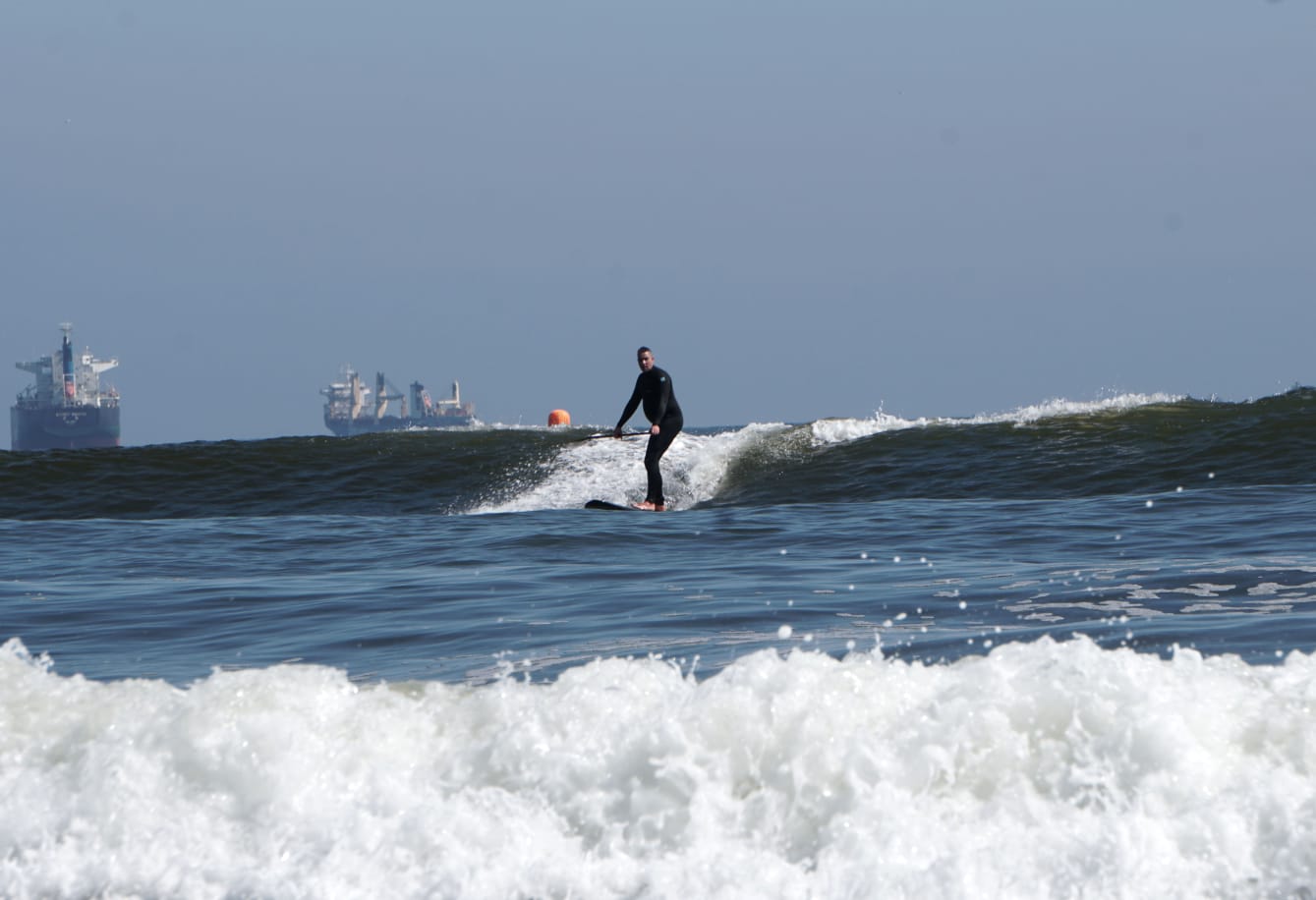Seeking a family-friendly activity that also keeps you in shape? Stand-up paddleboarding (SUP) is gaining traction rapidly. Below, you’ll find expert advice on how to paddleboard safely and effectively.
Stand-up paddleboarding is swiftly becoming one of the most favored watersports. Whether you’re using an inflatable or solid board, SUPing offers a delightful way to enjoy the water while enhancing your fitness. Regular practice can significantly improve your overall fitness, particularly fortifying your core, the powerhouse of your paddling strength. Embrace the excitement of stand up paddle board and experience the benefits firsthand.
Whether you are a novice or have some experience, it’s always beneficial to learn a few tips and techniques to elevate your SUP experience. Our beginner’s guide to paddleboarding is an excellent starting point.
To maximize your enjoyment and proficiency on the water, consider taking a lesson. You’ll learn essential techniques, including how to get back on the board and understand environmental factors like wind and tides. This foundational knowledge is crucial for future paddleboarding adventures.
Essential Tips for an Enhanced Paddleboarding Experience
Collaborating with training agencies and National Governing Bodies (NGBs)*, we’ve developed four key practices to adopt every time you head out on the water.
- Wear a Buoyancy Aid
A buoyancy aid, a type of Personal Flotation Device (PFD), provides extra flotation, helping you stay afloat and giving you time to recover if you fall in – which is likely! Ensure your buoyancy aid fits correctly, checking the weight range and chest size for optimal comfort and mobility, allowing you to paddle freely. - Carry a Phone in a Waterproof Pouch
Beyond capturing moments, your mobile phone is crucial for emergencies. Keep it accessible, in a buoyancy aid pocket, or around your neck, so you can quickly call for help if needed. In coastal emergencies, dial 999 for the coastguard; inland, request Fire & Rescue. - Use the Correct Leash
Avoid the frustration of chasing after your board by wearing the appropriate leash. It keeps you connected to your board, providing additional flotation support. Most boards come with an ankle leash, but if you’re paddling in tidal or flowing waters, opt for a quick-release waist leash to avoid entanglement. - Beware of Offshore Winds
Offshore winds, blowing from the shore out to sea, can deceptively make the water appear calm while quickly carrying you and your board away from shore. Always check for offshore winds, especially on lifeguarded beaches where an orange windsock indicates wind direction.
Additional Safety Tips
- Take a Lesson: Enhance your skills and knowledge for a more enjoyable future experience on the water.
- Know Your Environment: Understand the local conditions and potential hazards, such as strong tidal currents, which can affect your paddleboarding.
- Paddle with a Friend: It’s more fun and safer, as they can assist if you encounter difficulties with your paddle boards.
- Float to Live: If you unexpectedly find yourself in the water, float on your back until help arrives.
- Check Weather and Tides: Conditions can change rapidly; if in doubt, don’t go out.
- Inform Someone of Your Plans: Always let someone know where you’re going and when you plan to return. Carry a communication device.
- Wear Appropriate Clothing: In winter, use a wetsuit or drysuit; in summer, consider a wetsuit to protect against cold water shock.
Launch on Lifeguarded Beaches: Use the designated areas between black and white checkered flags to avoid swimmers and other obstacles. Learn surf etiquette to prevent injuries.
